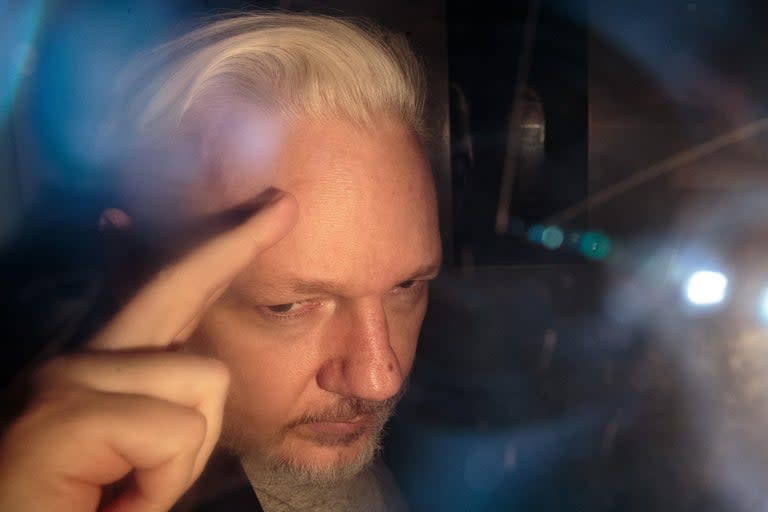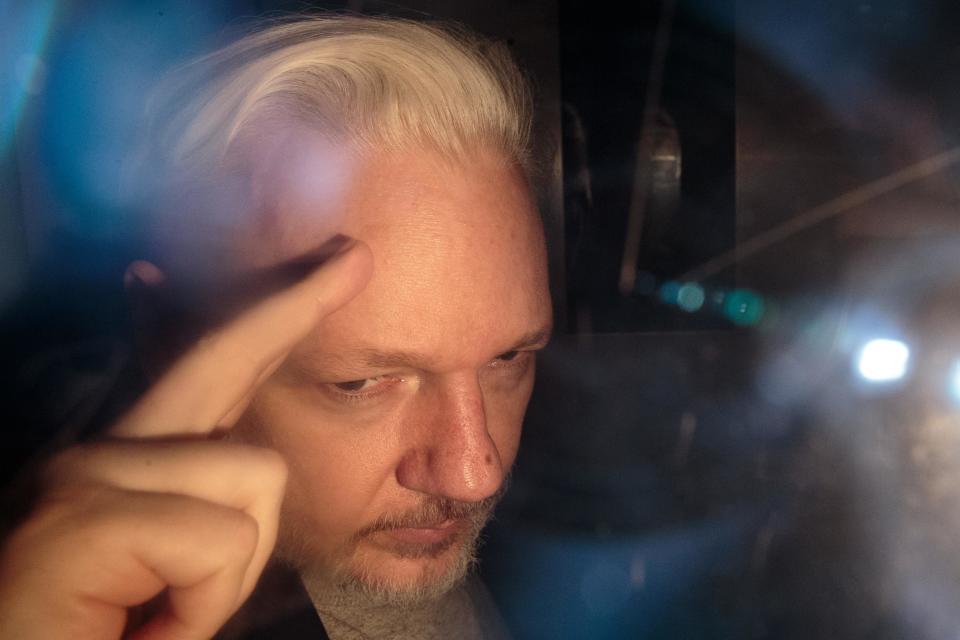Julian Assange received deliveries and maintained control over guest list while at Ecuadorian embassy, documents reveal
WikiLeaks founder Julian Assange maintained an unusual amount of power during his stay at the Ecuadorian Embassy in London, new documents reveal.
Assange, who was arrested in London in April, took refuge in Ecuador’s embassy in 2012 to avoid extradition to Sweden over sexual assault allegations.
He stayed there for nearly seven years, while views surrounding his role in the 2016 US election, during which Wikileaks published emails from the Democrats and appeared to sway influence in Donald Trump’s favour, have become contentious.
According to surveillance reports seen by CNN, Assange received deliveries potentially containing hacked materials related to the 2016 US election during a series of “suspicious meetings” at the embassy.
Assange also had control over visitors. He created a list of people who were allowed to enter the embassy without showing identification or being searched by security, and was granted the power to delete names from visitor logs. He sometimes met guests inside a woman’s bathroom to avoid security cameras.
The report also says that he was given “powerful new computing and network hardware” just a few weeks before WikiLeaks received hacked materials from Russian operatives. He apparently met with “Russians and world-class hackers” at the embassy at “critical moments” as well.
Andrew Müller-Maguhn, the German hacker named in Mr Mueller’s report on Russian interference in the 2016 election, also makes a prominent appearance in the surveillance documents, visiting Assange at the London embassy at least a dozen times before the 2016 election.
These surveillance reports were compiled by for the Ecuadorian government by UC Global, a private Spanish security company. An Ecuadorian intelligence official confirmed to CNN that the surveillance reports are authentic.

 Yahoo News
Yahoo News 

